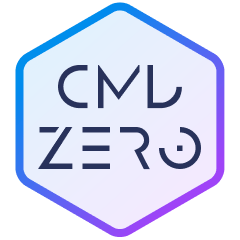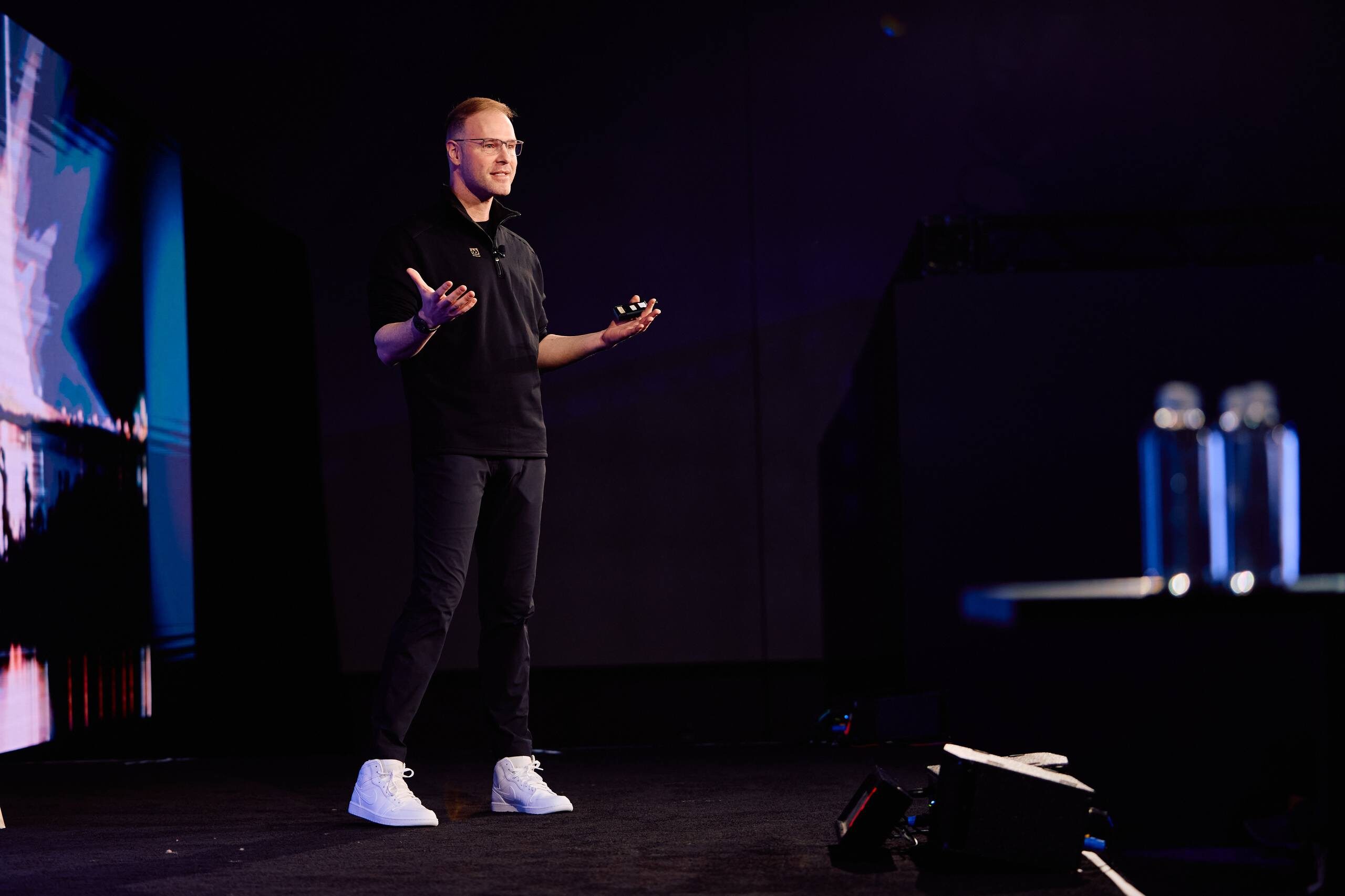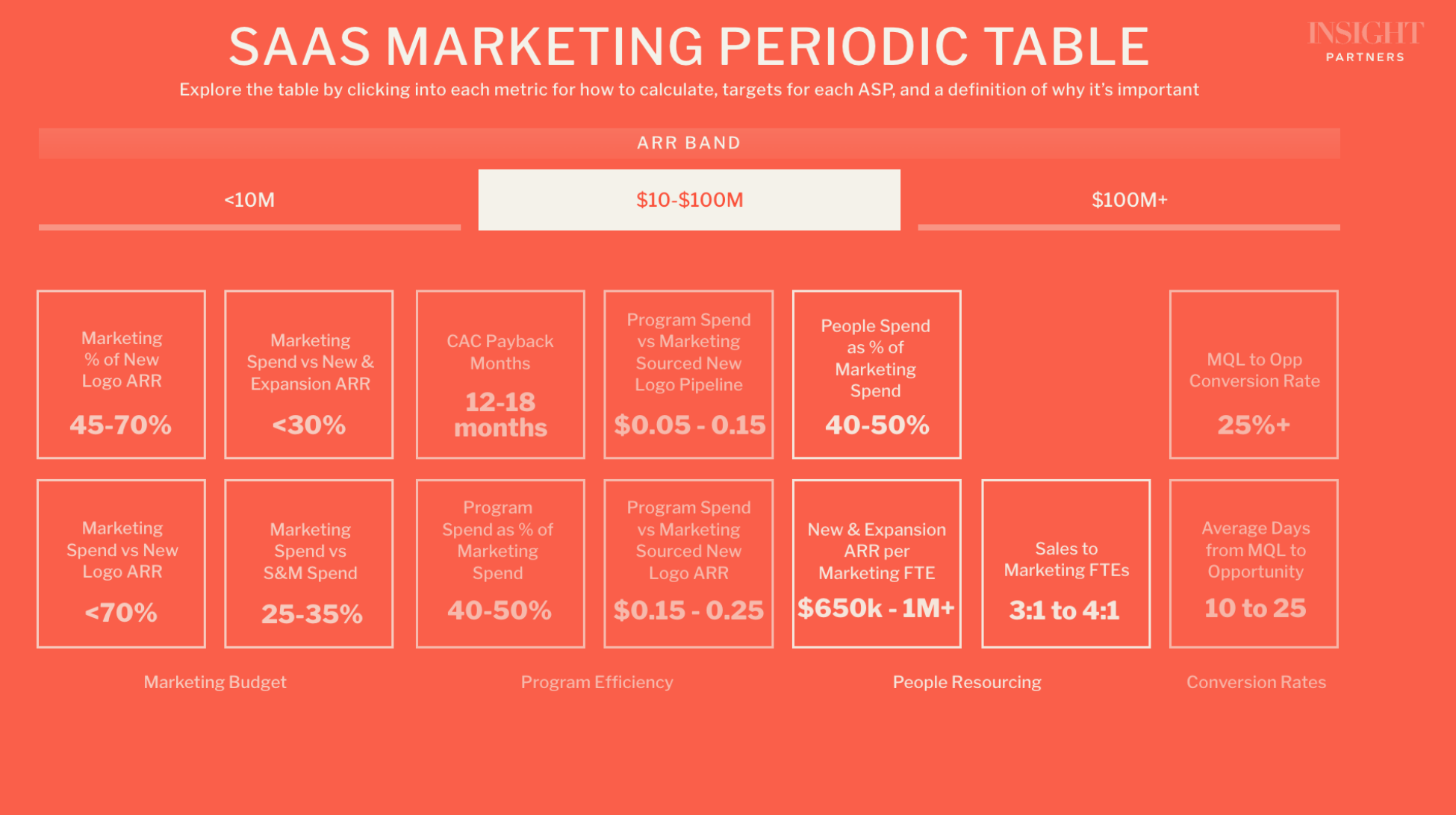
Navigating generative AI’s seismic shifts for marketing in 2024

Back in early 2023, I wrote a blog on whether generative AI was the future of marketing. While I think I got most things right, I know one thing is for certain — genAI is the future, and 2024 will be a pivotal year.
It’s clear everyone has a role in driving genAI impact in an organization. CEOs must let the organization know that it is a priority and that the entire organization will focus on initiatives to drive efficiency. CMOs and marketing leaders have a critical role in determining the goals of genAI for their function, including the KPIs to measure impact. And individual contributors will have a role ideating to identify friction points in the process and suggesting approaches to drive the change.
Based on Insight’s work advising leaders in our portfolio, we have identified five seismic shifts that every founder, CEO, and marketing leader must acknowledge. They will need to ensure that their organizations adapt their strategies and processes to counter the challenges and take advantage of the opportunities AI presents.
Seismic shift #1: The new age of mass personalization
Mass personalization, as seen in consumer experiences on platforms like Amazon, is raising the bar in B2B sectors. Customers increasingly expect personalized engagement. GenAI facilitates this personalization at scale, enabling businesses to tailor their approach to individual needs effectively. This technology revolutionizes account-based strategies by providing customized solutions and interactions at a level previously unattainable without significant resources. GenAI’s capability to analyze and respond to customer data in real-time powers this unprecedented level of personalization in B2B marketing and customer support.
Seismic shift #2: Our zero-click future
“Zero click” means that SEO will be disrupted quite significantly. No longer will your customers be constrained to organic results, as search engines like Google and Bing will provide AI-generated answers that customers may find sufficient and never click through to your site.
The impact is obvious as site volume will tumble — our proprietary research shows that as much as 25% of today’s search traffic could be lost. You will need new content strategies that will power answers from these generative tools. It does not mean writing as much content as possible. The search engines will still favor quality and relevance. Your domain authority will remain critical. Additionally, you will need to look at additional strategies to supplement organic, including a concept we call “Modern Word-of-Mouth” and additional investments in brand.
Seismic shift #3: Modern word-of-mouth
With search likely to change quite significantly in the coming year, an emerging strategy we call modern word-of-mouth builds upon the time-honored tactic of word-of-mouth marketing, but with a twist. You know that your customers have always trusted their peers — now it is becoming necessary to harness this source’s power digitally in this new world.
In the past, capturing word-of-mouth seemed elusive. It was everywhere and nowhere. We saw it in review sites, owned communities, public communities like Reddit, social media, and press releases. There never seemed to be a coherent strategy that tied it all together.
In the coming year, we expect to see ways that genAI can help capture this modern word-of-mouth and amplify it digitally across channels. We will see platforms like Google’s Perspectives unleashing this power in search. We believe every organization will need a strategy in 2024 to capture modern word-of-mouth.
Seismic shift #4: The power of brand investment
In an age when genAI increasingly shapes search engine results, if your brand isn’t already known or top-of-mind, it may become challenging for prospects to discover you through search queries alone. The power of brand lies in recognizability and presence, which are vital in an ecosystem where direct search may not always lead to your digital doorstep.
A robust brand identity does more than just stand out — it ensures that when genAI sifts through content to answer queries, your brand’s content aligns closely with what your audience is seeking. This alignment not only improves the chances of being sourced by AI but also means that your brand remains in the consciousness of your target audience, thereby being sought after directly.
We know budgets are tight — but not investing in brand in 2024 will likely impact your demand-gen results. To drive brand recognition, it’s not always about expensive investment in advertising. Alternative avenues include thought leadership, community engagement, and effectively leveraging social media platforms. Engaging in industry conversations, hosting webinars, and participating in panel discussions are cost-effective methods of building brand awareness. Furthermore, fostering strong customer relationships can turn customers into brand advocates — this organic promotion is a powerful and authentic form of brand building, like modern word-of-mouth.
Seismic shift #5: The new martech stack
In light of the seismic shifts driven by genAI in the marketing landscape, changes to the marketing tech stack are inevitable. The past year, we witnessed tech consolidation primarily as a response to budget constraints. Companies were streamlining their tools to optimize costs, which often meant choosing multifunctional platforms over an assortment of point solutions.
Looking ahead to 2024, we anticipate a different kind of consolidation, one that is driven by the emergence of new use cases for genAI. This consolidation will be strategic, with companies integrating technologies that are not just cost-effective but also AI-forward, capable of unlocking new capabilities and efficiencies.
2024 is not just another year; it’s a turning point in marketing driven by genAI. For CEOs and CMOs, the time to act is now. Embrace these seismic shifts, and you’ll not only survive in this new era – you’ll thrive.








